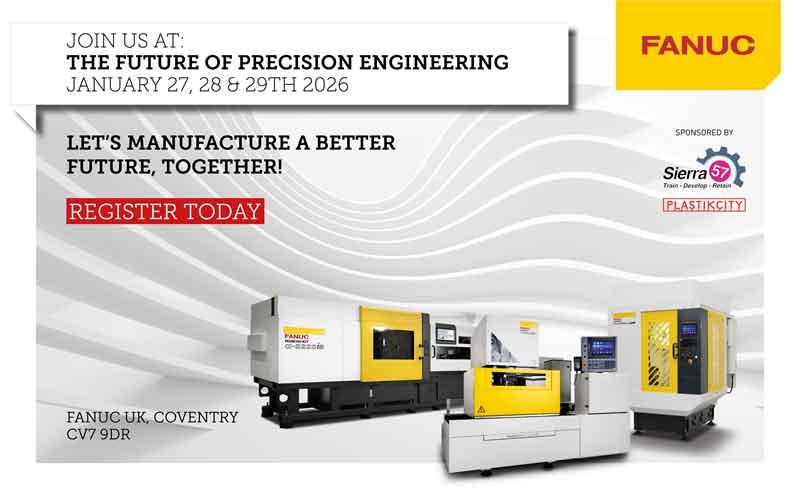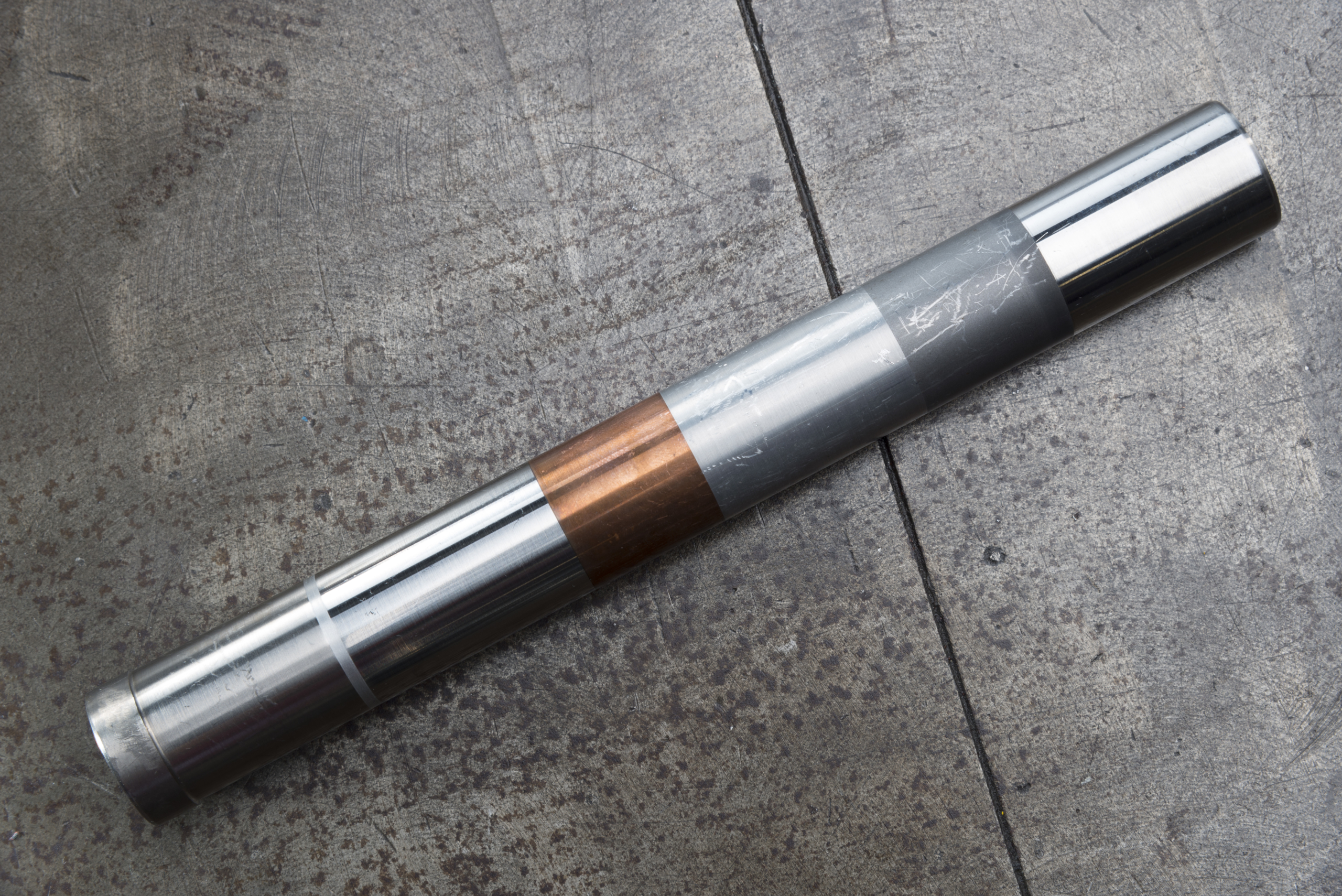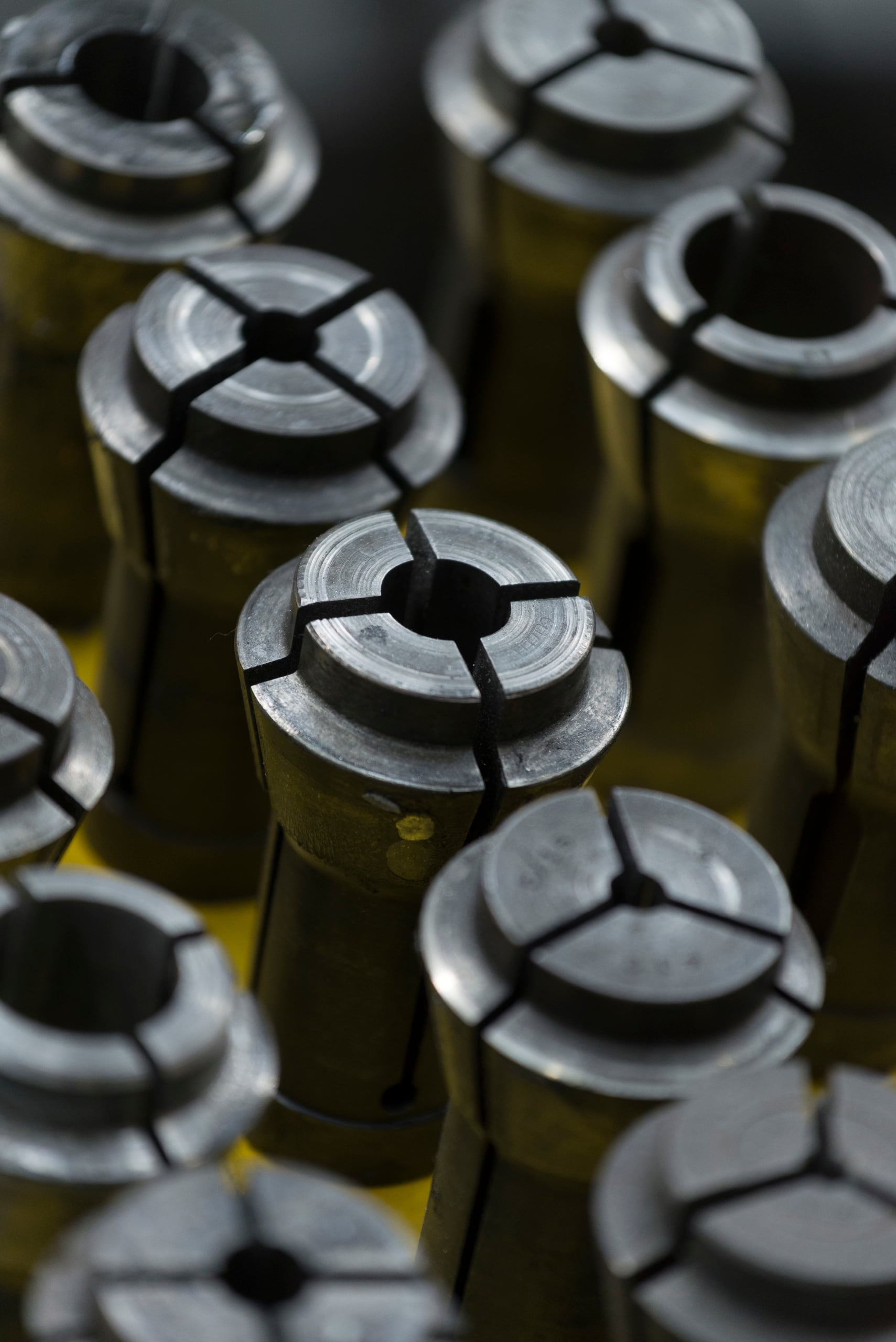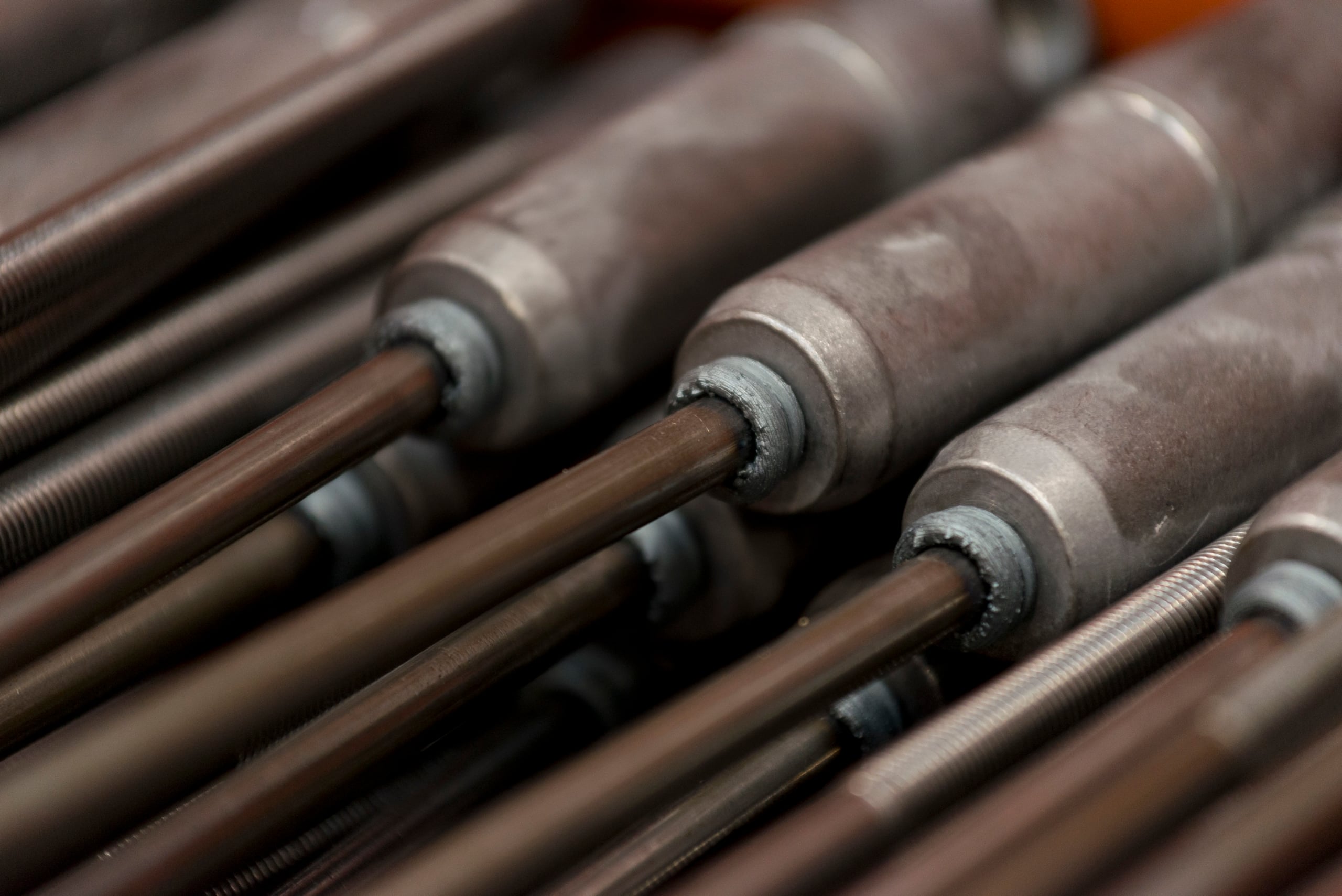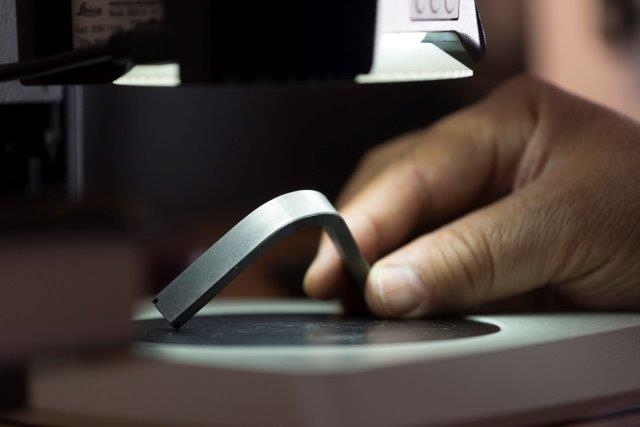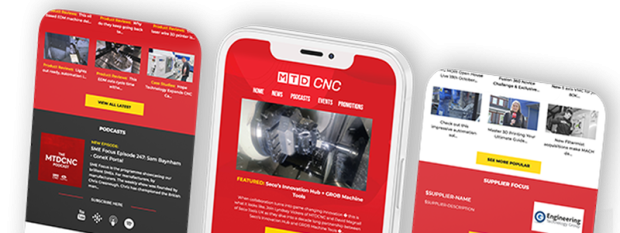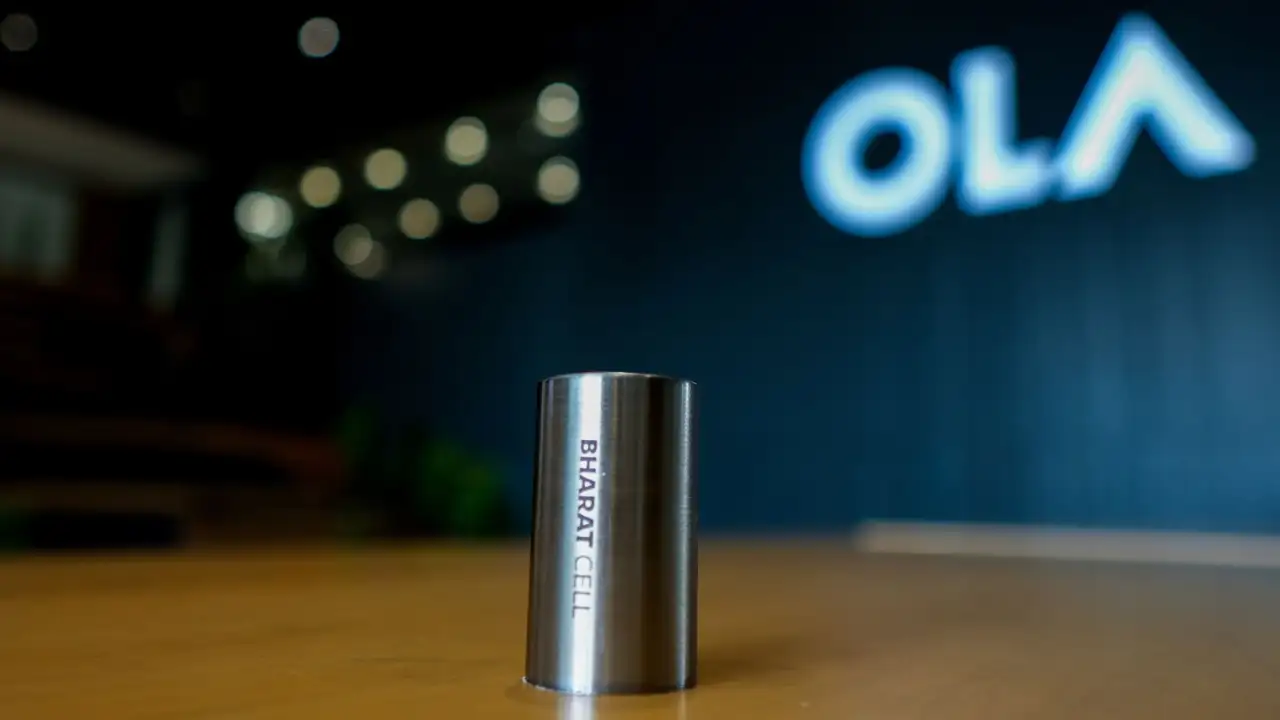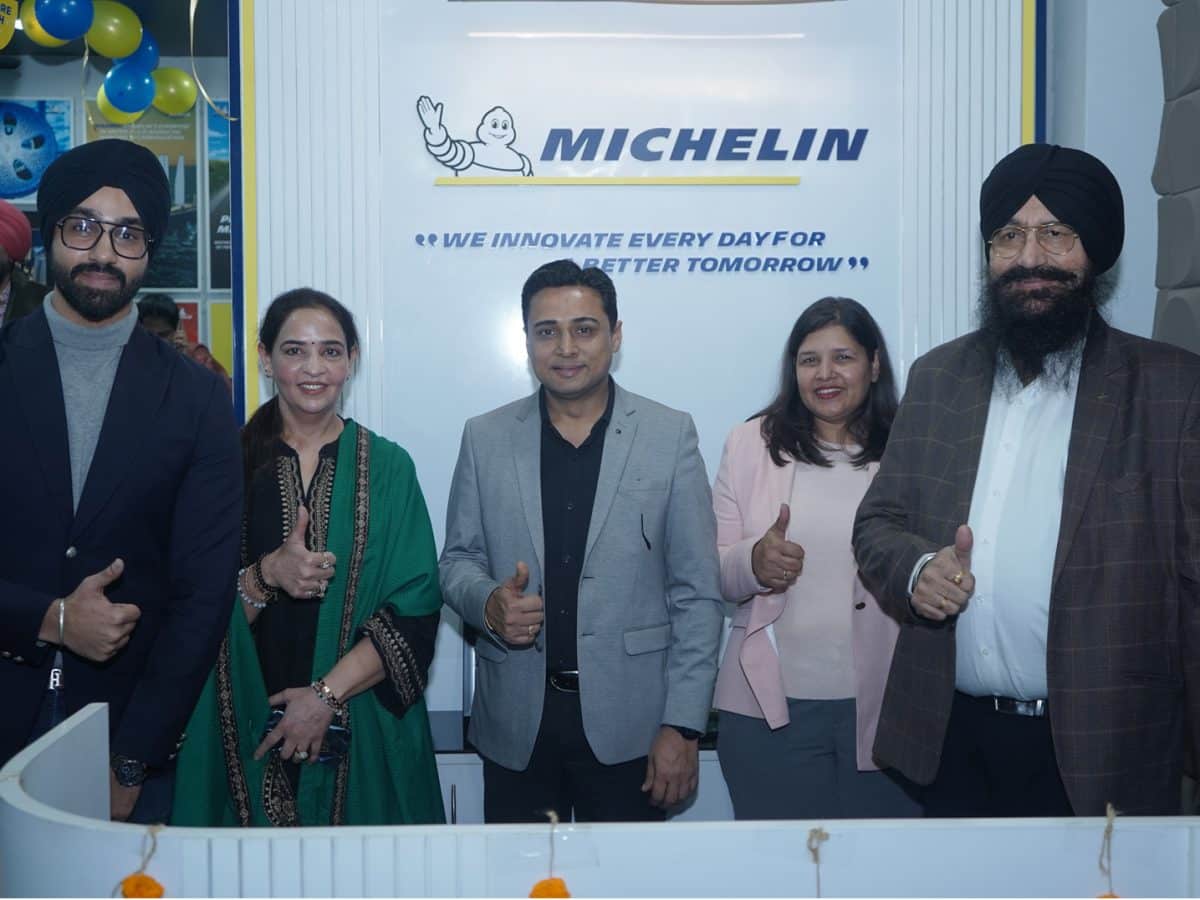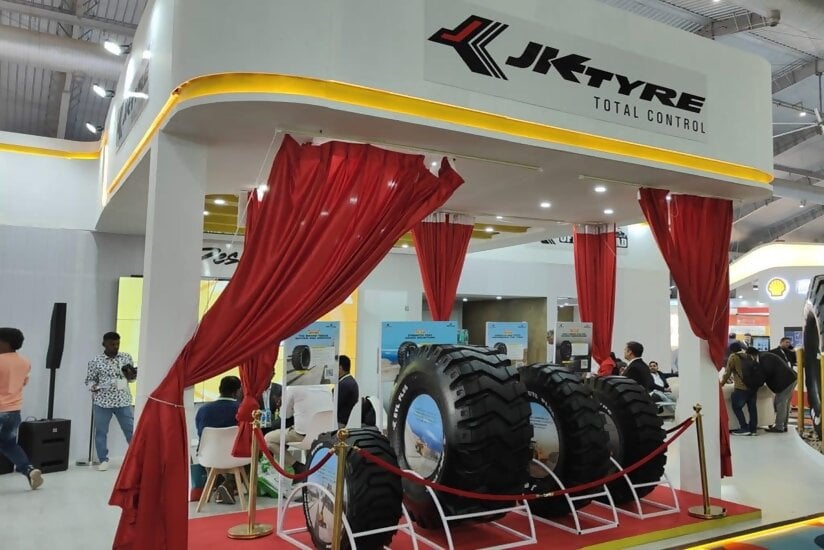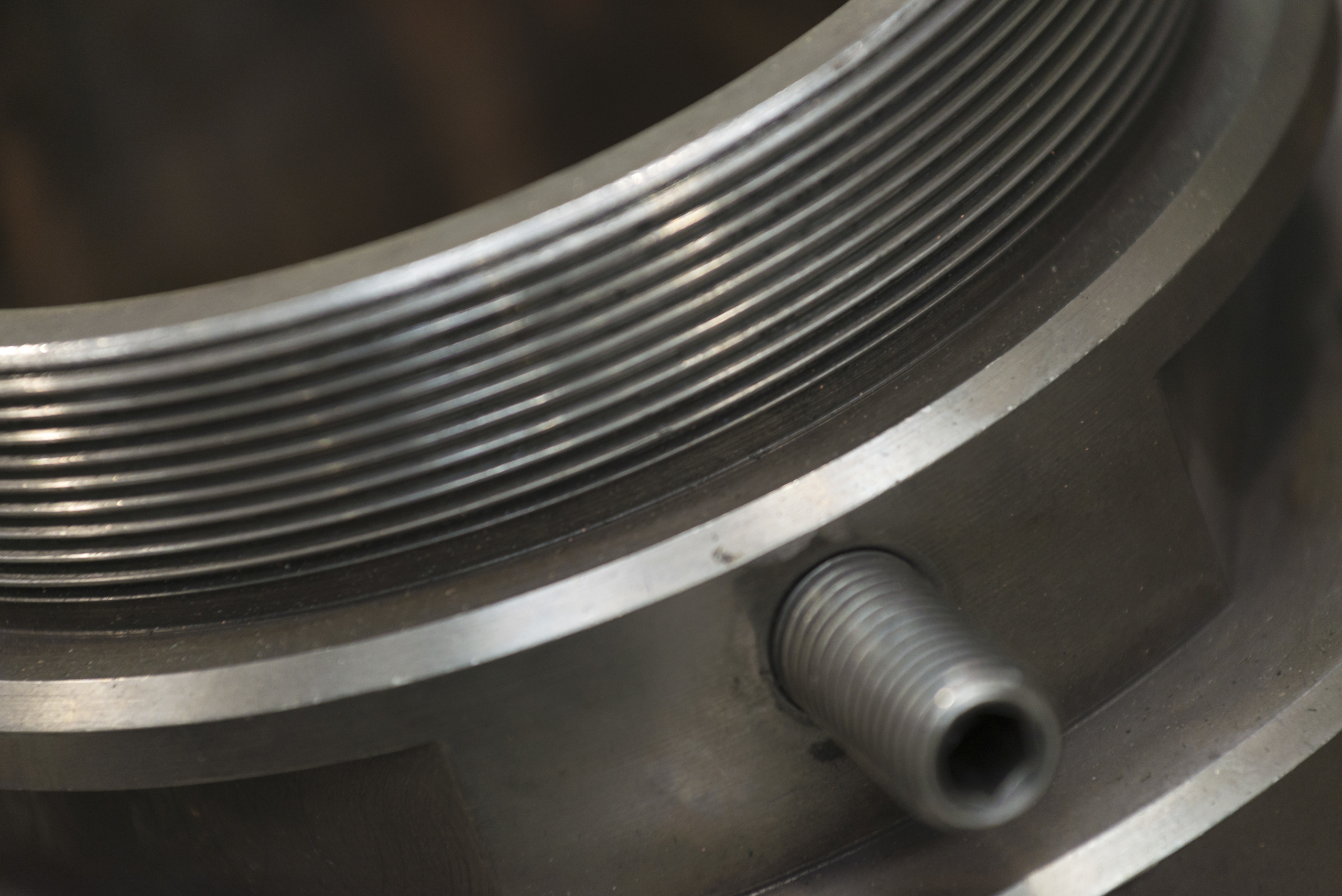
Rotary friction welding (RFW) is a solid-state joining process which works by rotating one workpiece relative to another while under a compressive axial force. The friction between the surfaces produces heat, causing the interface material to plasticise. This process can be used to manufacture several different items intended for use within industrial applications, including Piston Rods and Drill Pipes.
KUKA UK, explains more…
Piston Rods
Rotary friction welding is a proven method of welding piston rods and hydraulic cylinders. From steel to chrome plated rods, rotary friction welding is suitable for several material bonds.
KUKA manufacture friction welding machines that are used all over the world by OEM’s to manufacture piston rods such as: Caterpillar, CASE, JCB, Komatsu and John Deere.
Our Thompson 5 machine is the most common machine, used for welding piston rods intended for the construction industry. Our Thompson 3 machine is commonly used for the manufacture of piston rods intended for use in the automotive industry.
The advantages of friction welding piston rods:
- Weldable Dissimilar Materials – Friction welding allows dissimilar materials to be welded with superior strength. In the piston rod industry, materials are changing all the time to suit the application and to reduce weight. Thompson friction welding machines, built by KUKA, are suitable for joining many different material combinations, and we are always working to develop more.Example: a common material added to piston rods is chrome plating. KUKA’s engineering experience ensures the machine can be adapted and designs it as to allow the chrome plating to not be affected during the welding process.
- Weld Strength – Rotary friction welding is a solid-state joining process. This means that the weld is as strong as the parent material and no external materials are added. This is an important advantage to the automotive or construction industries as the weld needs to be as strong as possible due to the stresses and weight endured by the piston rod.
- Flash removal – The friction welding process will produce weld flash. All KUKA machines can be equipped with an external automated flash removal system, a post weld process incorporated into the machine cycle.
- Speed – With the automotive and construction industries ever increasing requirements, it is important to provide a quick process of manufacture. Friction welding is a very fast method of welding piston rods and provides a repeatable process. By working with KUKA, we can provide the suitable parameters to weld the piston rod. This process can be repeated by the customer to prove each weld in a matter of seconds.
- Automation – A progressive and evolving industry the automotive sector has shown that automation is required more and more. KUKA can integrate automation into a friction welding machine, to produce a fully automated cell. As KUKA also specialize in automation and robotics, we can design and build an automated cell in house, to suit the customer’s specific requirements.
Drill Pipes
Drill pipes must withstand the depths and material stresses of oil rig drilling. Friction welding is the proven method of producing welded joints between the drill tool and pipe casings. This method provides a high strength bond and repeatability when manufacturing drill pipes in all material grades. KUKA have manufactured many Thompson friction welding machines used to weld drill pipes all over the world. Our Thompson 3 machine is suitable to weld drill pipes up to 152.4mm in diameter. Companies choose friction welding due to the simplistic process and structural integrity of the bond.
Advantages of friction welding in the Oil & Gas Industry:
- Weld Strength – Rotary friction welding is a solid-state joining process; this means that the weld is as strong as the parent material and no external materials are added. This is an important advantage to the drill pipe industry as the weld needs to be as strong as possible due to the stress on the pipes whilst exposed to underwater and/or corrosive environments.
- Repeatability – With so many drill pipes being welded each year it is important to know that each weld has a 100% bond, and that every weld is consistently the same. KUKA’s engineering experience and extensive knowledge built up over years of supplying Thompson friction welding machines, means the machine incorporates KUKA’s simple to use controls software. Each weld is monitored to ensure a 100% weld repeatability.
- Reduced material preparations – Rotary friction welding uses a pre-bond method. This is a process which ‘cleans’ the material at the weld interface before it is welded. Drill pipes are often stored for long periods of time which can allow the parts to rust. By using KUKA’s friction welding machines, there is no requirement to remove contaminated material as the pre-bond method removes any contaminants at the weld interface before starting the weld.
- Flash removal – The friction welding process will produce weld flash. All KUKA machines can be equipped with an external automated flash removal system, a post weld process incorporated into the machine cycle.
When welding for the drill pipe industry, it may be necessary to remove the internal flash so that the inside of the tube is free from excess material. KUKA can offer an internal flash removal tool known as ‘gas lance’. The gas lance provides a high pressure burst of gas to remove all internal excess material. This can also be incorporated into the machine, as part of the machine cycle.
To find out more, contact frictionwelding.uk@kuka.com or call 0121 585 0888

